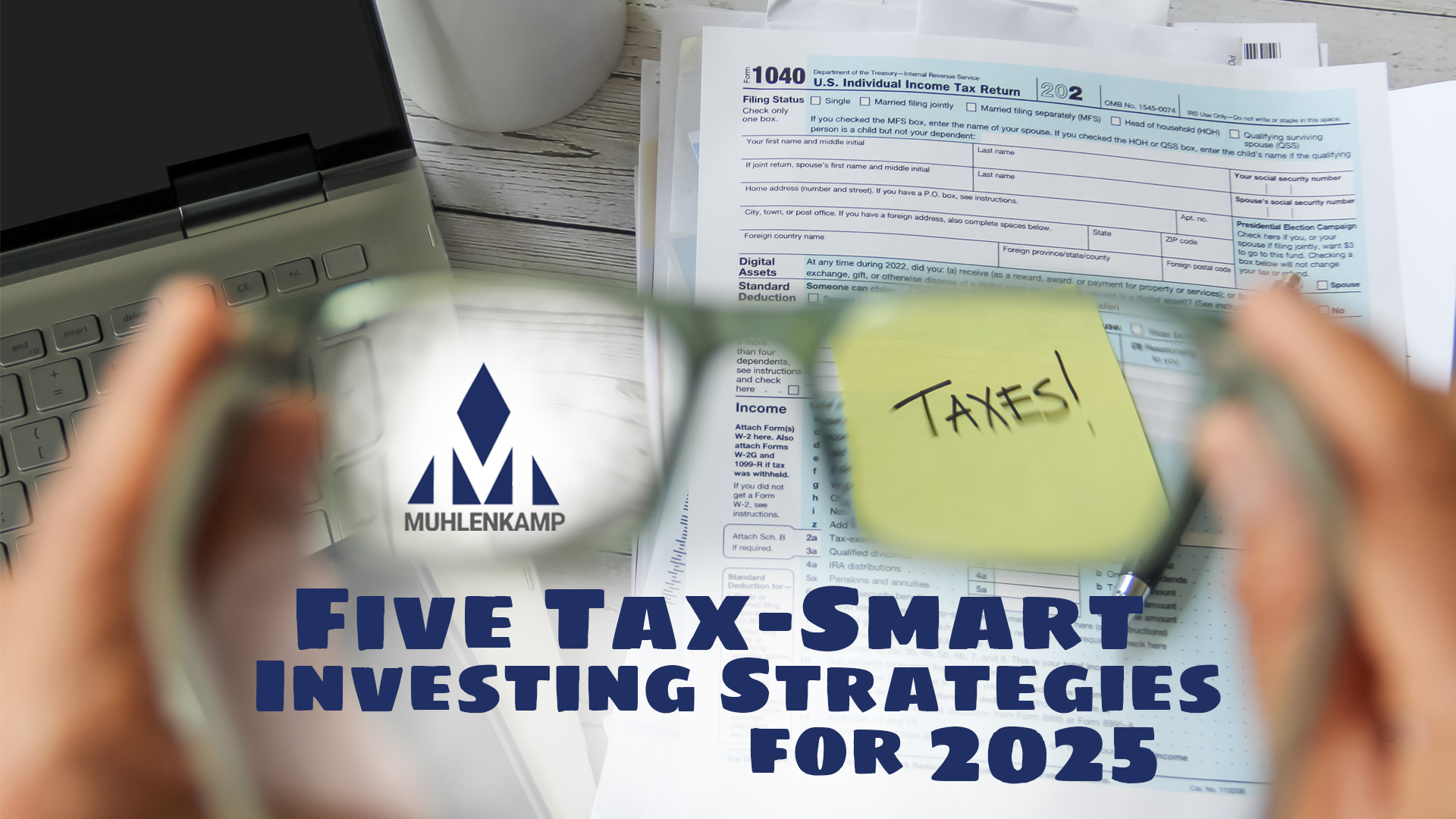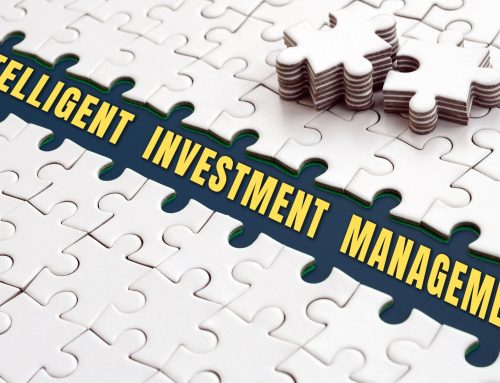
Five Tax-Smart Investing Strategies for 2025
Tax-smart investing is a dynamic and ongoing process. You can keep more of your hard-earned money by leveraging tax-advantaged accounts, prioritizing tax-efficient investments, and staying proactive about ever-changing tax laws. As 2025 unfolds, make it the year you take your tax strategy to the next level—because it’s not just about what you earn; it’s about what you keep after tax.
Here are five strategies that help to maximize what you keep when it’s time to pay Uncle Sam.
1. Maximize Tax-Advantaged Accounts
Tax-advantaged accounts remain a cornerstone of intelligent investing. These include:
- 401(k)s, IRAs, and Roth IRAs: Contribute the maximum allowable amount. For 2025, limits may increase, so keep an eye on IRS updates. Traditional IRA and 401(k) accounts offer tax-deferred growth, while Roth IRA and Roth 401(k) accounts provide tax-free withdrawals in retirement.
- Health Savings Accounts (HSAs): These triple-tax-advantaged accounts allow tax-free contributions, growth, and withdrawals for qualified medical expenses. If you’re eligible, they can also act as an additional retirement savings vehicle.
Pro Tip: If you’re in a high tax bracket, prioritize pre-tax contributions to reduce current taxable income.
2. Leverage Tax-Loss Harvesting
Tax-loss harvesting allows you to offset capital gains by selling investments at a loss. Key considerations:
- Timing: Monitor your portfolio regularly to identify under-performing assets.
- Wash-Sale Rule: Avoid repurchasing the same or a substantially identical investment within 30 days to ensure your losses are deductible.
Pro Tip: Use losses to offset up to $3,000 of ordinary income annually, with the option to carry forward excess losses.
3. Optimize Asset Location
Where you hold your investments can significantly impact your tax bill.
- Place tax-inefficient assets (e.g., bonds, REITs, actively managed funds) in tax-deferred or tax-free accounts.
- Hold tax-efficient assets (e.g., actively managed funds, index ETFs) in taxable accounts to benefit from lower capital gains rates.
Pro Tip Check the turnover history and distributions history for your funds in their semi-annual financial reports to check on their tax efficiency.
4. Diversify Tax Strategies with Roth Contributions and Conversions
A Roth conversion can be a powerful tool, especially if you anticipate higher tax rates in the future.
- Contribute to Roth IRAs for as long as you are eligible.
- Convert traditional IRA funds to a Roth IRA in lower-income years.
- Spread conversions over multiple years to avoid jumping into higher tax brackets.
Pro Tip: Consider converting just enough each year to stay within your current tax bracket.
5. Take Advantage of Tax Credits and Deductions
Beyond direct investing strategies, tax credits and deductions can bolster your financial position:
- Retirement Savings Contributions Credit: If eligible, this can provide up to $1,000 ($2,000 for joint filers) for contributions to retirement accounts.
- Charitable Donations: Donate appreciated securities instead of cash to avoid capital gains tax while supporting causes you care about.
Pro Tip: Ask for our article on the tax deductibility of charitable contributions; it’s more complicated than you might think.
BONUS TIP…
Minimize Required Minimum Distributions (RMDs)
If you’re approaching RMD age, consider strategies to reduce their impact:
- Use Qualified Charitable Distributions (QCDs) to donate up to $100,000 annually from your IRA, satisfying RMD requirements while avoiding taxes on the distribution.
- Shift assets to Roth accounts to eliminate future RMDs on those funds.
Tax planning can be daunting but is important for keeping more of what you earn and for building wealth efficiently. Tax-smart investing is about more than just reducing your tax bill—it’s about strategically positioning your portfolio for long-term success.
It’s equally important to prevent the tax tail from wagging the investment dog. Too many people fail to make, or actually lose, a dollar of returns trying to save ten cents in taxes. Remember, if you can make a dollar investing and keep eighty cents after tax, YOU ARE DOING GREAT. So, the most important thing about tax-efficient investing is for your investments to make you money.
Let us know if we can help.
Investing involves risk. Principal loss is possible.
The opinions expressed are those of Muhlenkamp and Company and are not intended to forecast future events, guarantee future results, offer tax advice, or offer investment advice.








